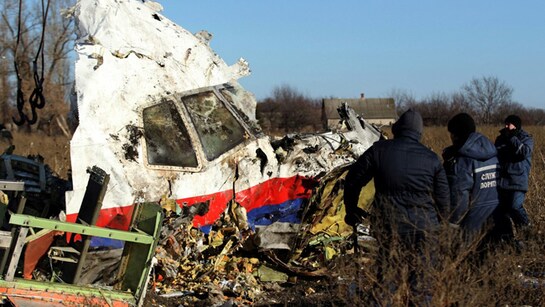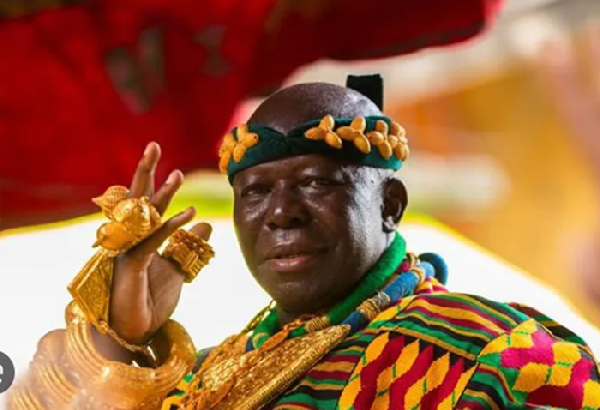The Reality Check: WWE's Shift from Sports Entertainment to Reality TV - How the Reality Era Pushed WWE to the Limit - The Times of India

Like everything else in this world, even WWE has evolved as time passed on and kept changing with what its audience used to like or what it saw in society. The most defining of all transitions in its long history would be that of the Reality Era, a time when the walls between scripted entertainment and reality got blurred, pushing WWE right out of the very model of traditional sports entertainment. This opened a completely new concept for plotlines and characters and brought reality into wrestling-based tales.
Would we be looking at the Reality Era? It seemed, in the beginning, rather innocuous but defined finally with such moments as CM Punk's Pipebomb promo of 2011. This unscripted and bitterly expressed diatribe went straight through the fourth wall, addressing backstage frustrations as if they were making public assumptions, thus creating fans who asked: what's real and what's scripted? Further along the lines of the already-noted comparisons, the storyline involving Daniel Bryan and The Authority greatly enhanced the blurred boundary by Bryan's underdog journey as it indeed echoed the struggles of the smaller, more technically skilled wrestlers in the WWE.
Key players on Twitter are also doing the same. Well, the world still had the names of their growing list of storylines on Twitter: popular headlines included: Fandango and Summer Rae split, or Roman Reign's vague references to Triple H's shooting on the official shows alone. At the same time, fans were most vocal in throwing tantrums, such as when Batista won the 2014 Royal Rumble only to see WWE remake their plans once again and put Daniel Bryan against the main event of WrestleMania 30-poof. This would again say that the voice of the fans now ironically enters into the creative machinations of wrestling.
Like every other aspect that changed in this age, so did the in-ring style: it moved towards a style that was not only believable but touched on an approach of reality-based, hard-hitting action. With superstars like Daniel Bryan, Cesaro, and Seth Rollins, along with the very technical and MMA-inspired styles mirroring real combat sports, removing that distance from exaggerated brawls as portrayed in the PG Era, these matches became plausible and recognized as reality.
WWE also integrated the main event from reality into the storylines, another hallmark feature of this year. Total Divas and more recently, Miz & Mrs. brought even more blurry lines between reality television and the wrestling ring, which confused audiences between the personal struggles of its stars with the professionals. In that way, the fans had the opportunity to get personal with their favorite stars.
Also Read: The Rise of the Anti-Hero: How WWE's Attitude Era Redefined the Wrestling Industry
It had become a very major soccer event on a travel journey with the merging of sports entertainment and reality television. Through demolishing kayfabe, breaking open social media, and then adding celebrity personal lives into the mix, wrestling hasn't defined just new narratives. Real-life drama dovetailing into scripted performances for an existing system created the blueprint for the modern product, which destroyed the archaic wrestling storyline without giving too much chance to create a future base.











